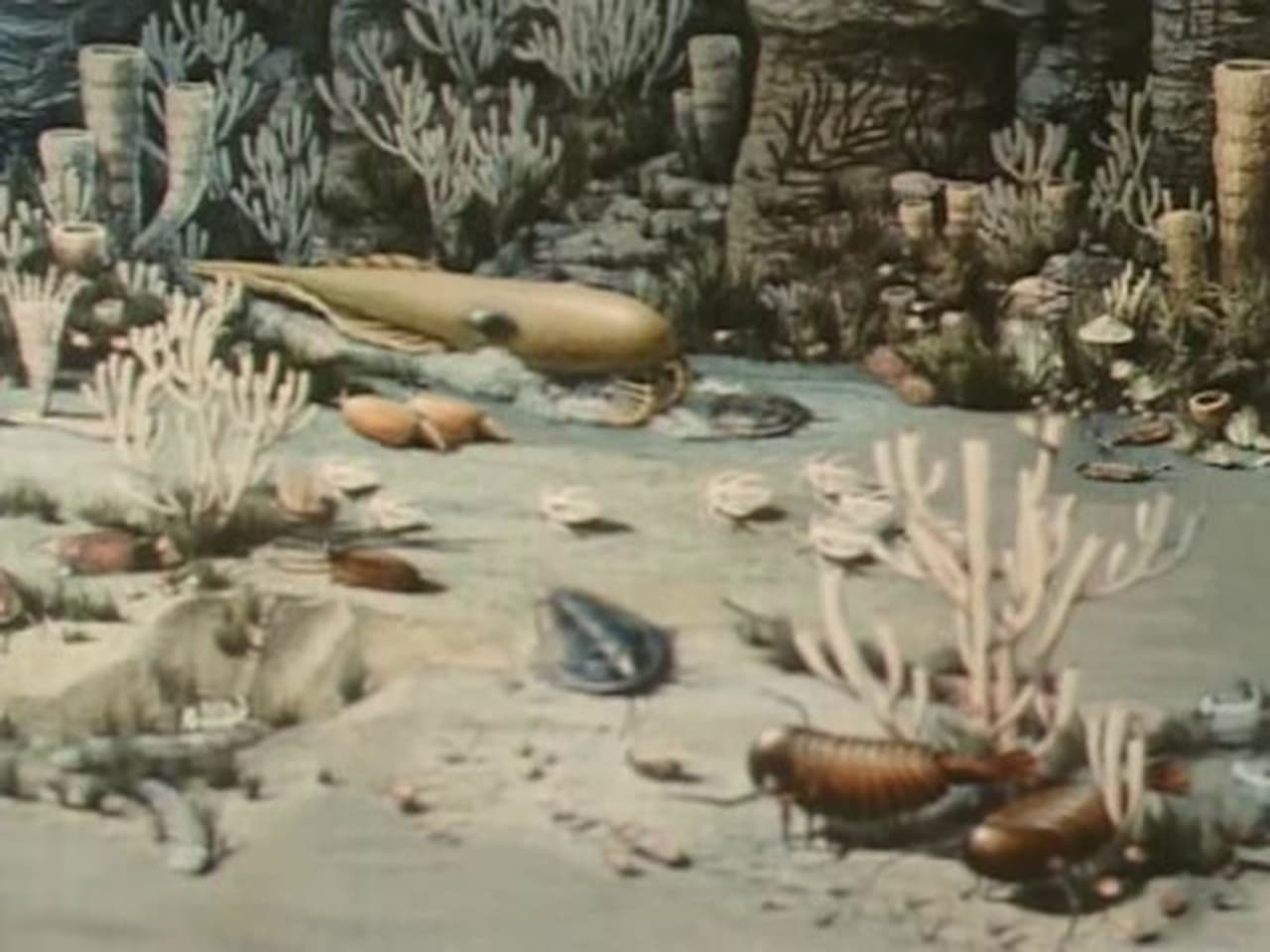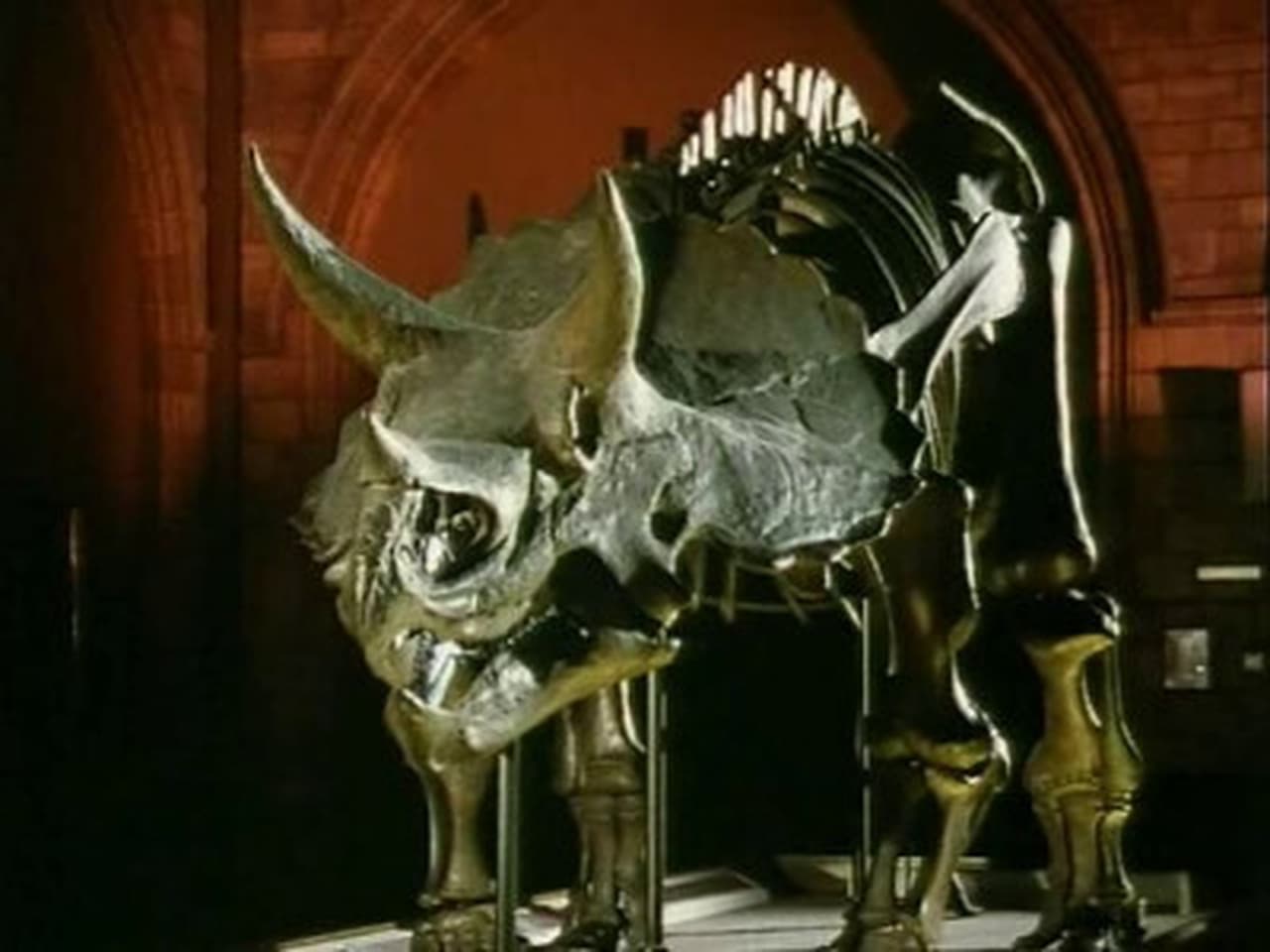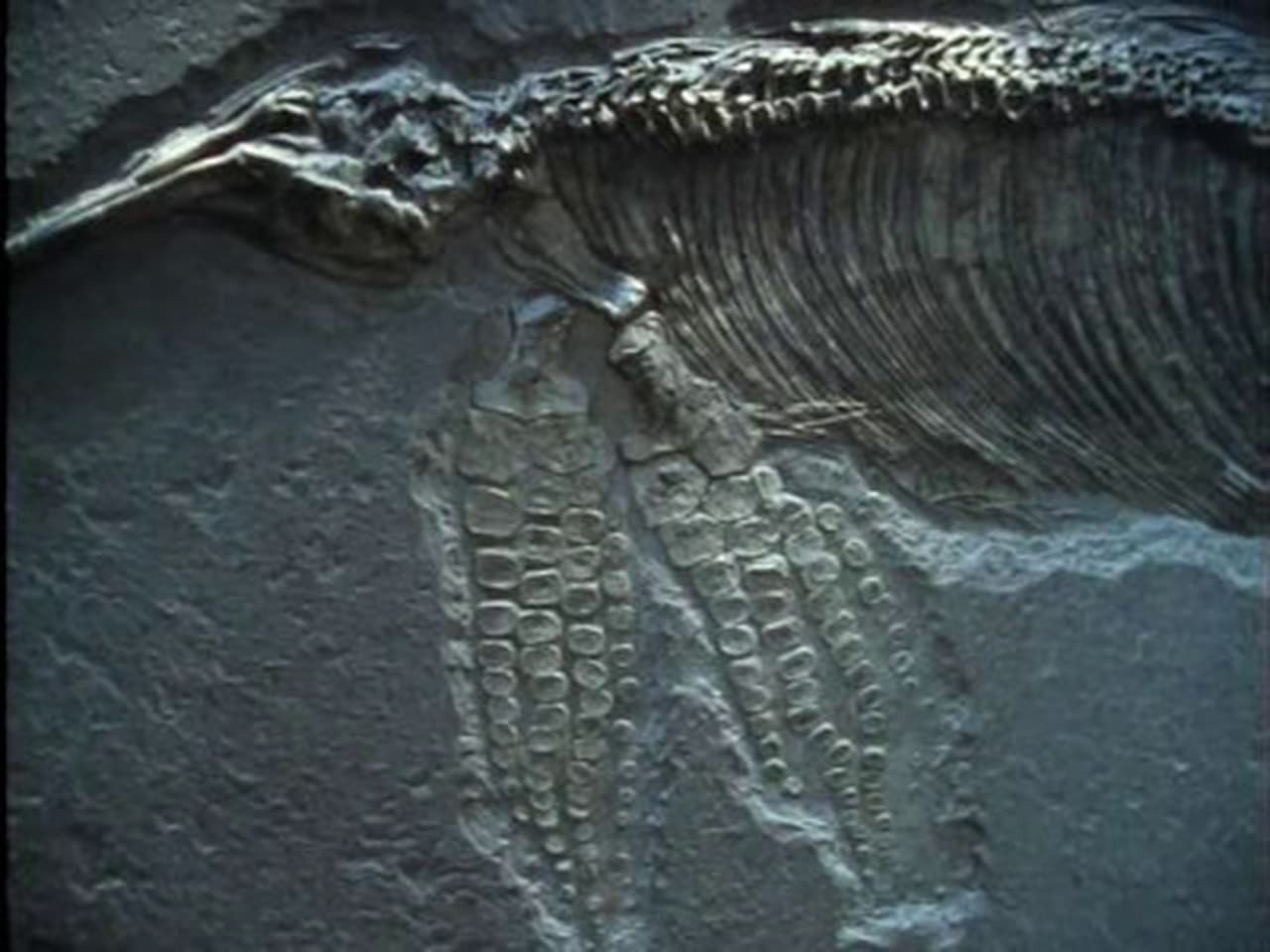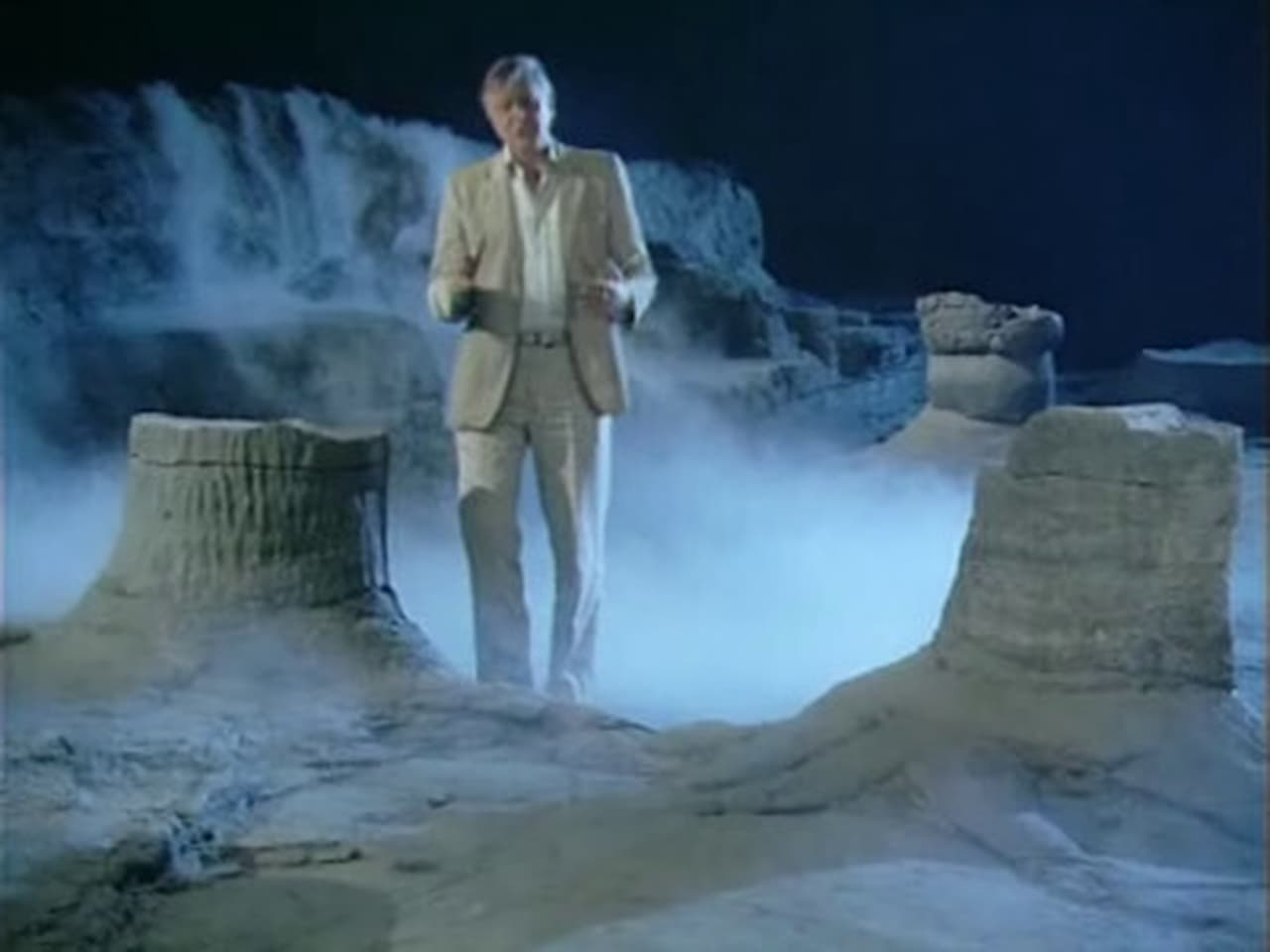Lost Worlds, Vanished Lives
(1989)Streaming Episode Guide

Miniseries
The Rare Glimpses
Episode 4 - 5-14-1989
 8.7/10
8.7/10

Dinosaur
Episode 3 - 5-07-1989
 8.4/10
8.4/10

Putting Flesh on Bone
Episode 2 - 4-30-1989
 8.3/10
8.3/10

Magic in the Rocks
Episode 1 - 4-23-1989
 8.6/10
8.6/10


The Rare Glimpses
Episode 4 - 5-14-1989
 8.7/10
8.7/10

Magic in the Rocks
Episode 1 - 4-23-1989
 8.6/10
8.6/10

Dinosaur
Episode 3 - 5-07-1989
 8.4/10
8.4/10

Putting Flesh on Bone
Episode 2 - 4-30-1989
 8.3/10
8.3/10



